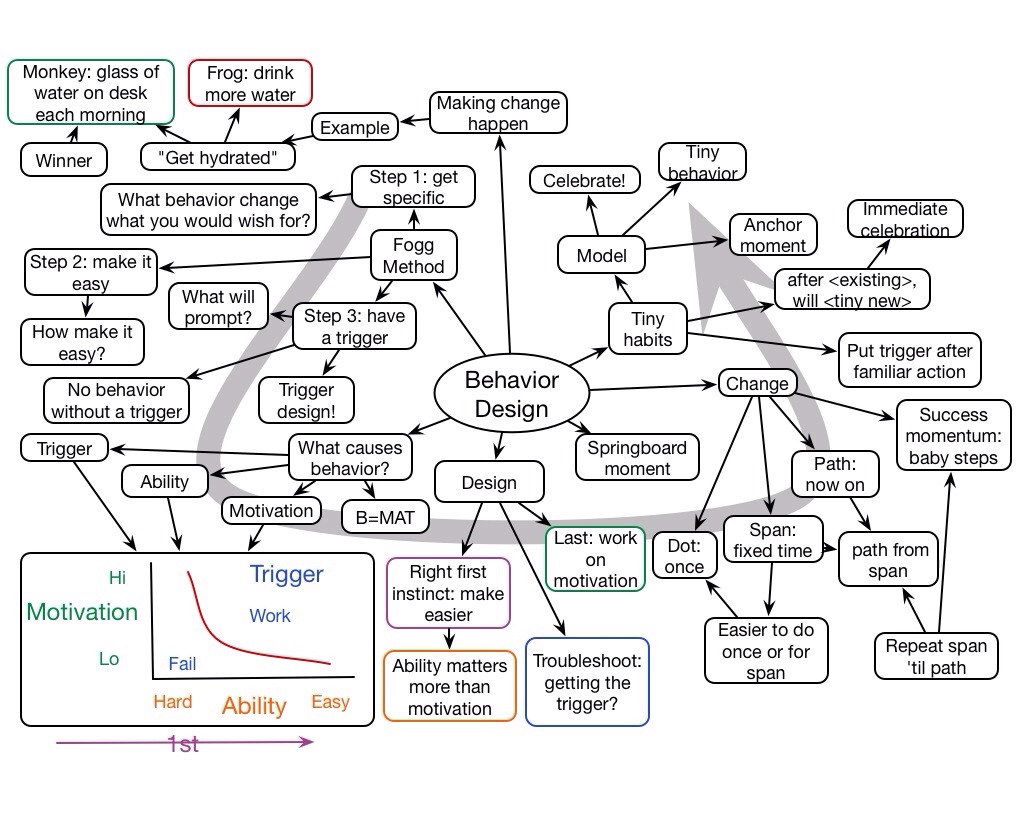Dorian Peters has written the first book I’ve seen on UI for learning, linking two of my favorite things. Understand that I did my Ph.D. in a research group that was hot into HCI at the time, and my first faculty position was to teach User Experience. At the time, in many ways UI was ahead of ID in terms of user-centered practices, and I made many presentations on porting UI concepts to Ed Tech audiences.
Consequently, it was a pleasant surprise to hear about this book, and more so now that I’ve had a chance to peruse it. This book is very valuable not just for interface designers doing learning solutions, but also for IDs and developers who end up having to design. The second chapter on how we learn is a great whirlwind tour of learning, well grounded in research and setting up the background for those who’s background isn’t learning. Similarly, she provides an overview of elearning in Chapter 3, and UI basic terms in Chapter 4. From there, it’s all about UI for learning.
She starts very early on in the book by showing how learning interfaces have to be different from user interfaces. If your goal is to learn, not do a task, it makes sense that the interface should and could be different. She then delivers on this and goes on to cover a suite of principles: learning is visual, learning is social, learning is emotional, and learning is mobile, in subsequent chapters (with one on multimedia and gaming interspersed). She even discusses the design of learning spaces. In each, she separates out principles and strategies.
This is a fun book, widely illustrated with examples and illustrations, quotes, and graphical highlighting to practice what she preaches. It is clear from the breadth and depth of citations that she’s done her homework, and this is a well-organized, easy to read, and useful book.
Interface Design for Learning is a book that everyone who ends up developing learning experiences, creating the interface learners interact with, needs to have to hand, on their desk ready to refer to and get the principles down on each project until they’re firmly internalized. Highly recommended.
